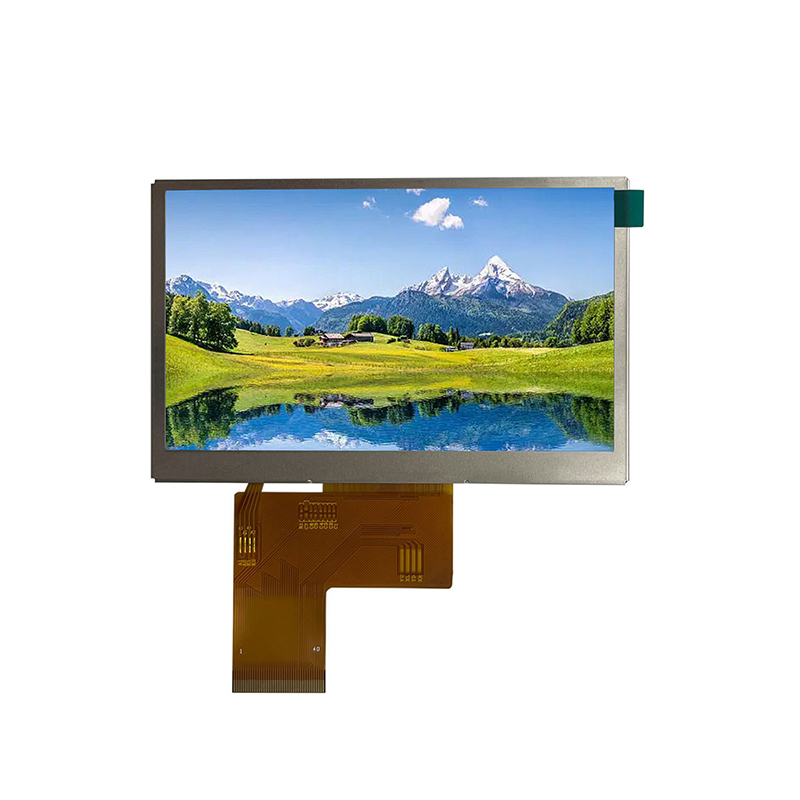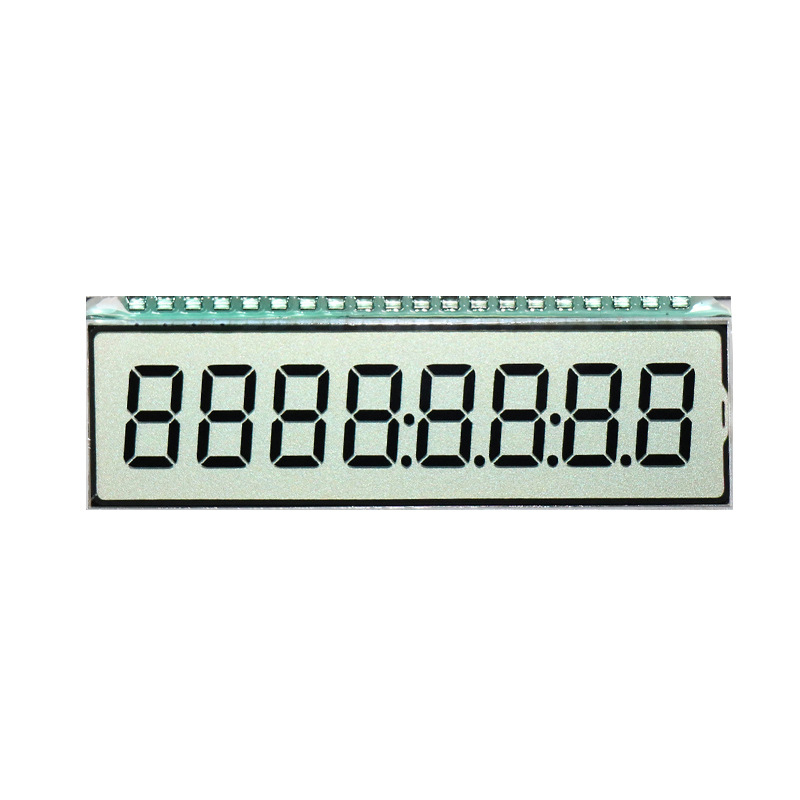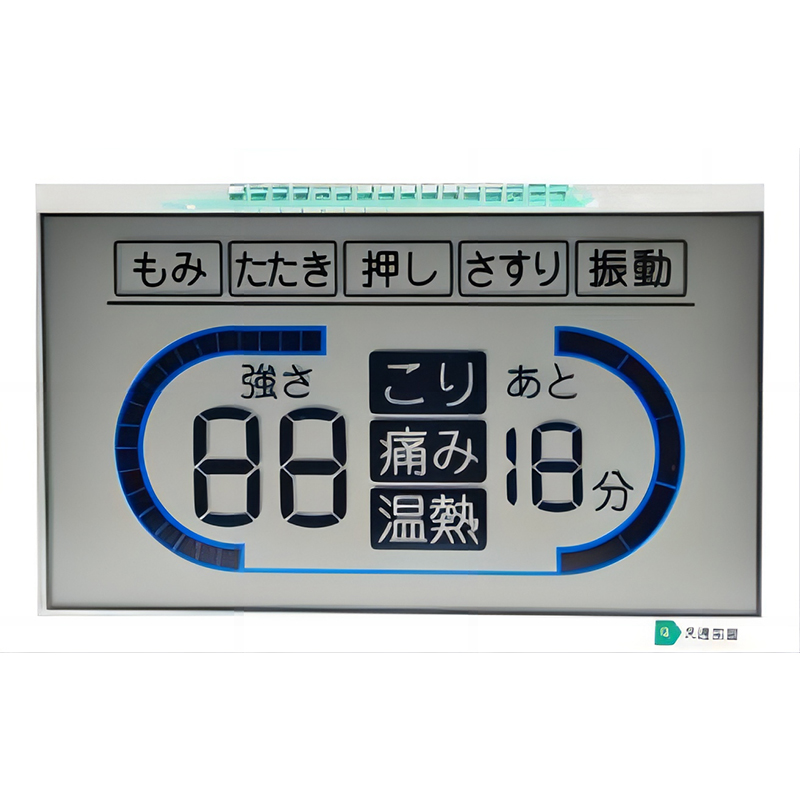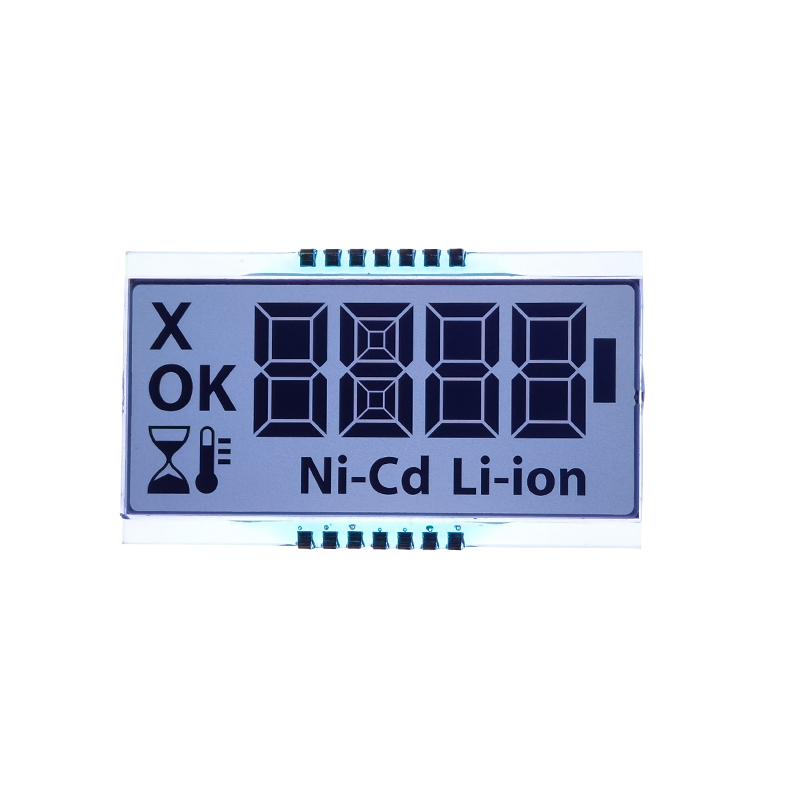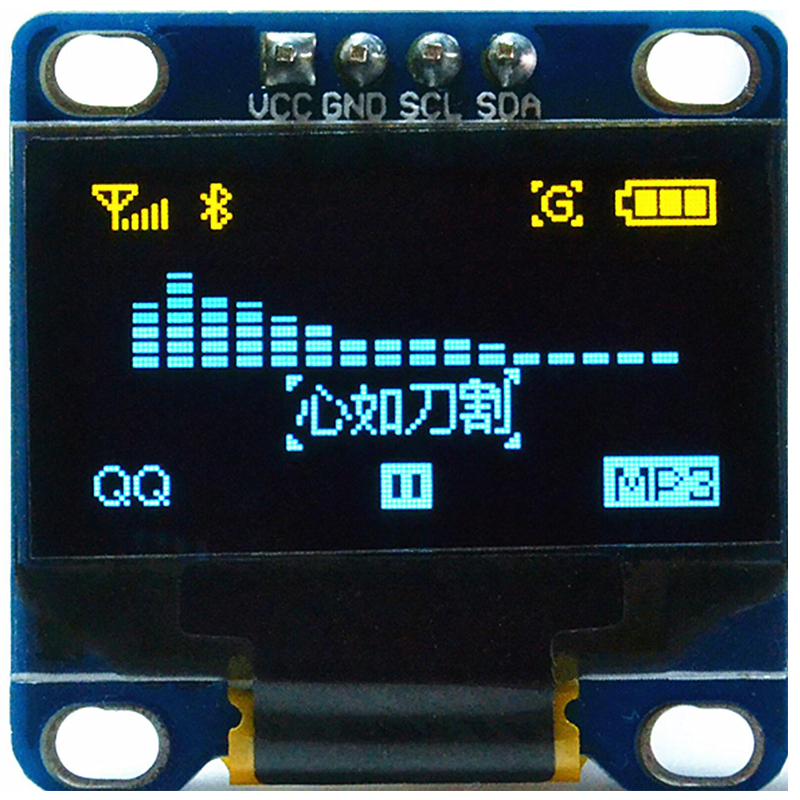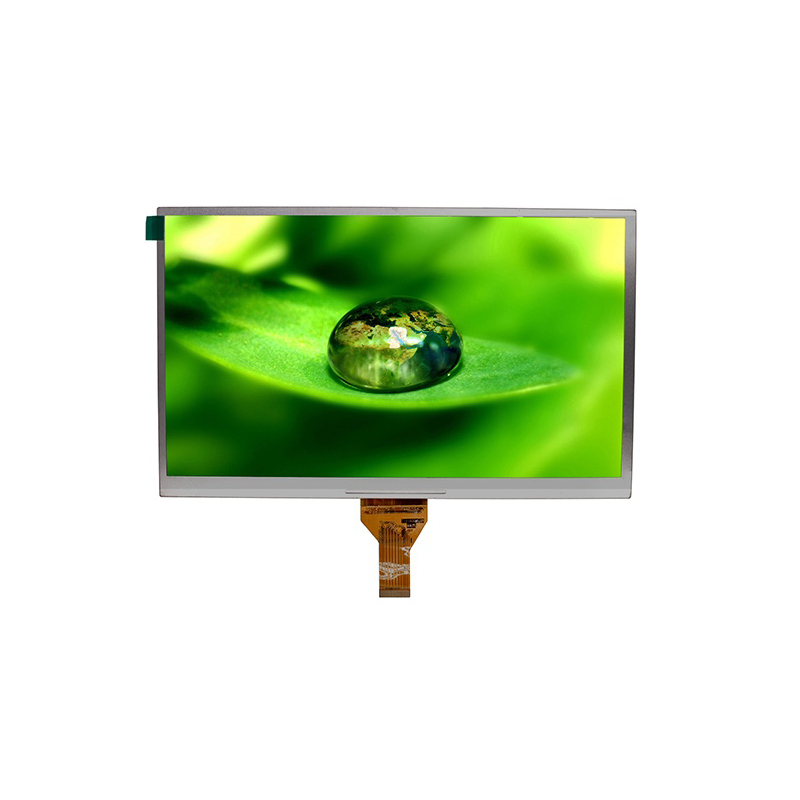
This comprehensive guide will walk you through the process of connecting and controlling an 8x8 dot matrix display with an Arduino microcontroller. We'll cover everything from the basic hardware setup and wiring to advanced programming techniques for creating dynamic displays and animations. Whether you're a beginner or an experienced Arduino user, this guide will provide valuable insights and practical examples to help you successfully integrate an 8x8 dot matrix display into your next project.
To begin, you'll need the following components:
The MAX7219 is a common integrated circuit that simplifies the control of dot matrix displays. It handles the low-level details, allowing you to focus on the display's content. Many 8x8 dot matrix displays on the market utilize this chip.
The wiring diagram will vary slightly depending on the specific display module you are using, but generally, you'll need to connect the following pins:
| Arduino Pin | 8x8 Dot Matrix Display Pin | Description |
|---|---|---|
| Digital Pin 2 (or any other digital pin) | DIN | Data Input |
| Digital Pin 3 (or any other digital pin) | CLK | Clock |
| Digital Pin 4 (or any other digital pin) | CS | Chip Select (Load) |
| 5V | VCC | Power |
| GND | GND | Ground |
Always double-check your wiring before powering on the circuit to avoid damaging your components. Refer to your specific 8x8 dot matrix display's documentation for detailed wiring instructions.
Here's a basic Arduino code example to display a simple pattern on your 8x8 dot matrix display. This code utilizes the Max7219 library, which needs to be installed in your Arduino IDE before running the code. Remember to adjust the pin assignments to match your wiring.
#include #include #define CS_PIN 4Max7219 matrix = Max7219(CS_PIN);void setup() { matrix.begin(); matrix.setIntensity(15); // Set brightness (0-15)}void loop() { matrix.clear(); matrix.setPixel(1, 1, true); // Turn on pixel at (1,1) matrix.show(); delay(500); matrix.clear(); matrix.setPixel(7,7, true); matrix.show(); delay(500);} Once you've mastered the basics, you can explore more advanced techniques such as:
The possibilities are virtually endless. The Dalian Eastern Display Co., Ltd. offers a wide variety of high-quality LCD and LED display solutions. Their expertise could be invaluable for more complex projects involving multiple displays or specialized requirements. Explore their range to find the perfect fit for your project.
If you encounter issues, double-check your wiring, ensure the correct library is installed, and verify the power supply is stable. The MAX7219 datasheet can also provide valuable insights into potential problems and solutions.
Remember to consult the datasheets for both the Arduino and the 8x8 dot matrix display for more detailed information and troubleshooting assistance. This comprehensive guide serves as a starting point for your journey into controlling 8x8 dot matrix displays with Arduino. Happy making!


